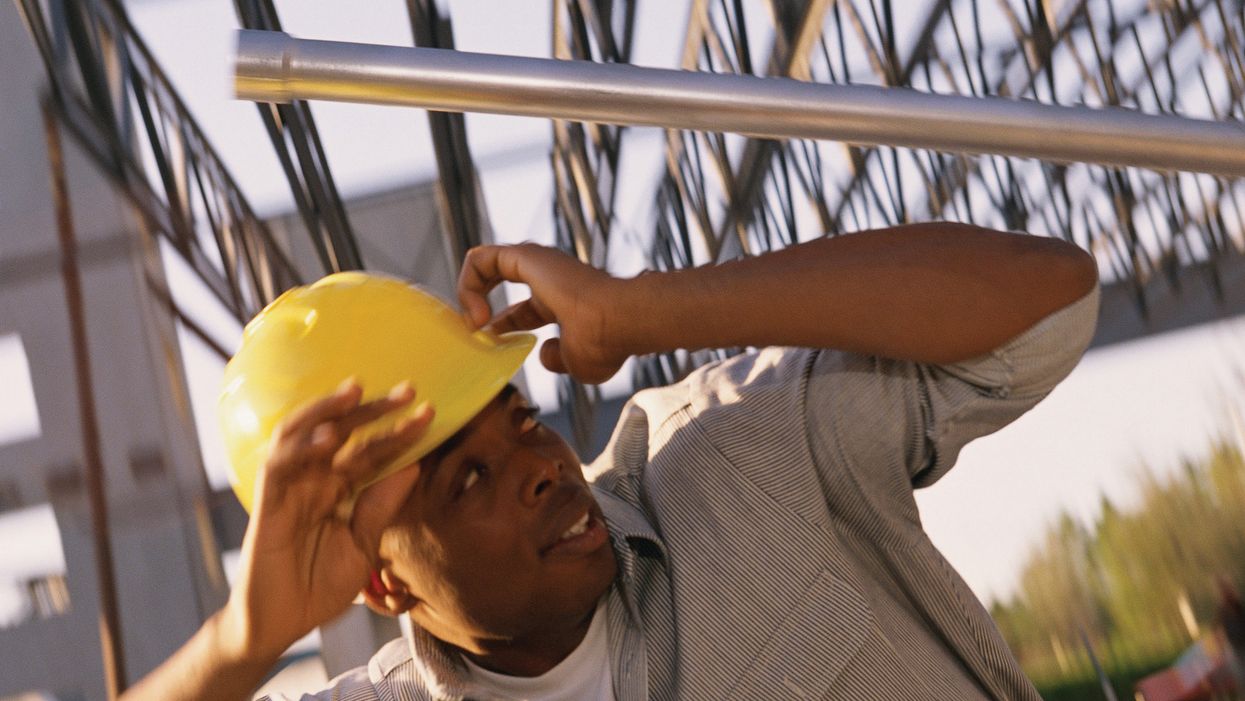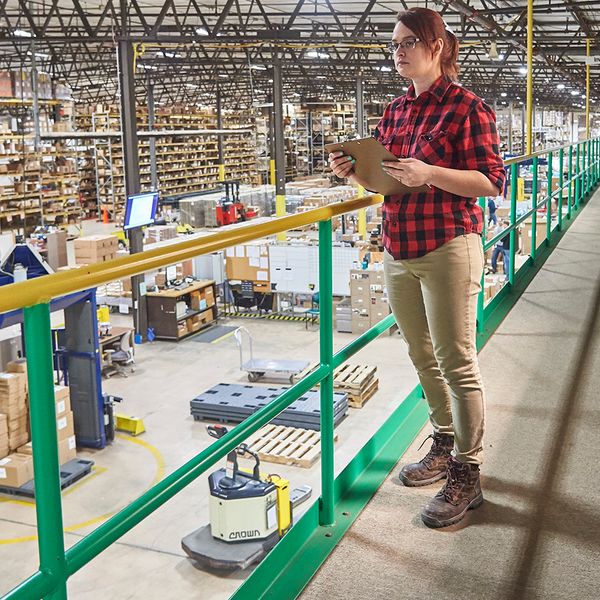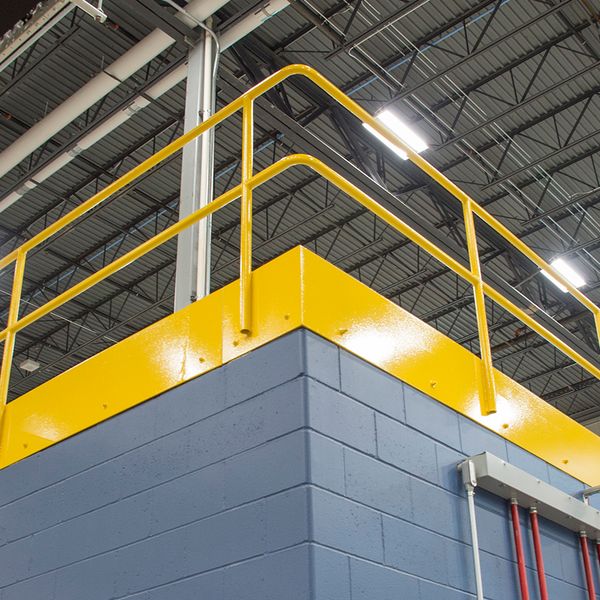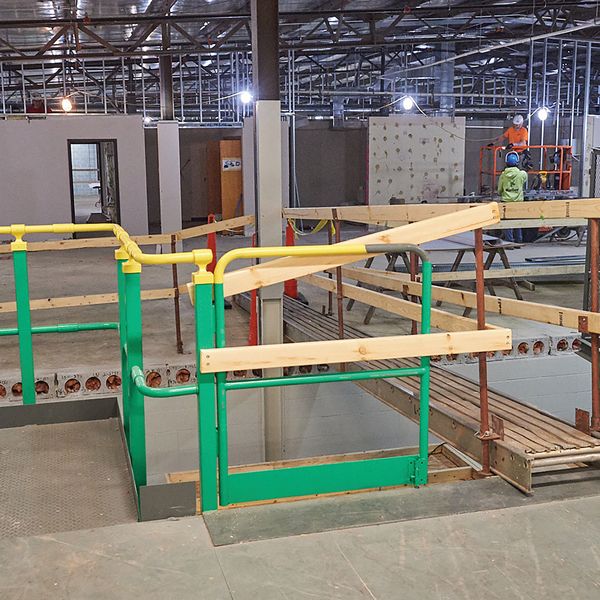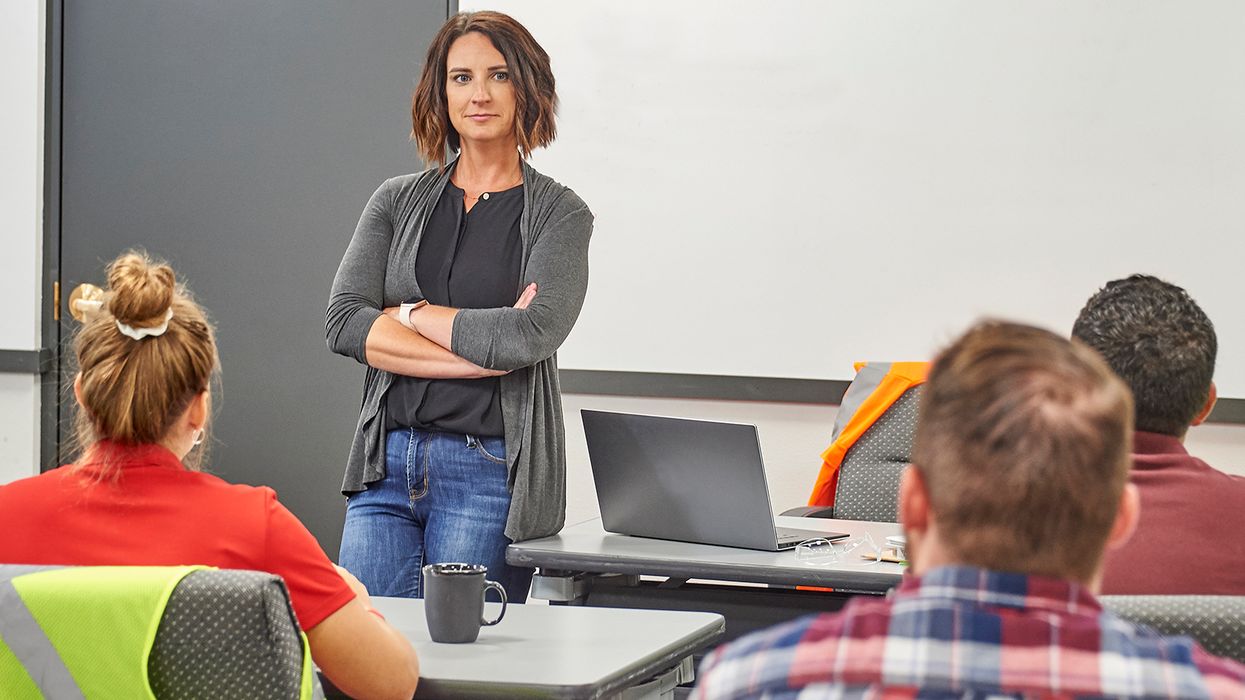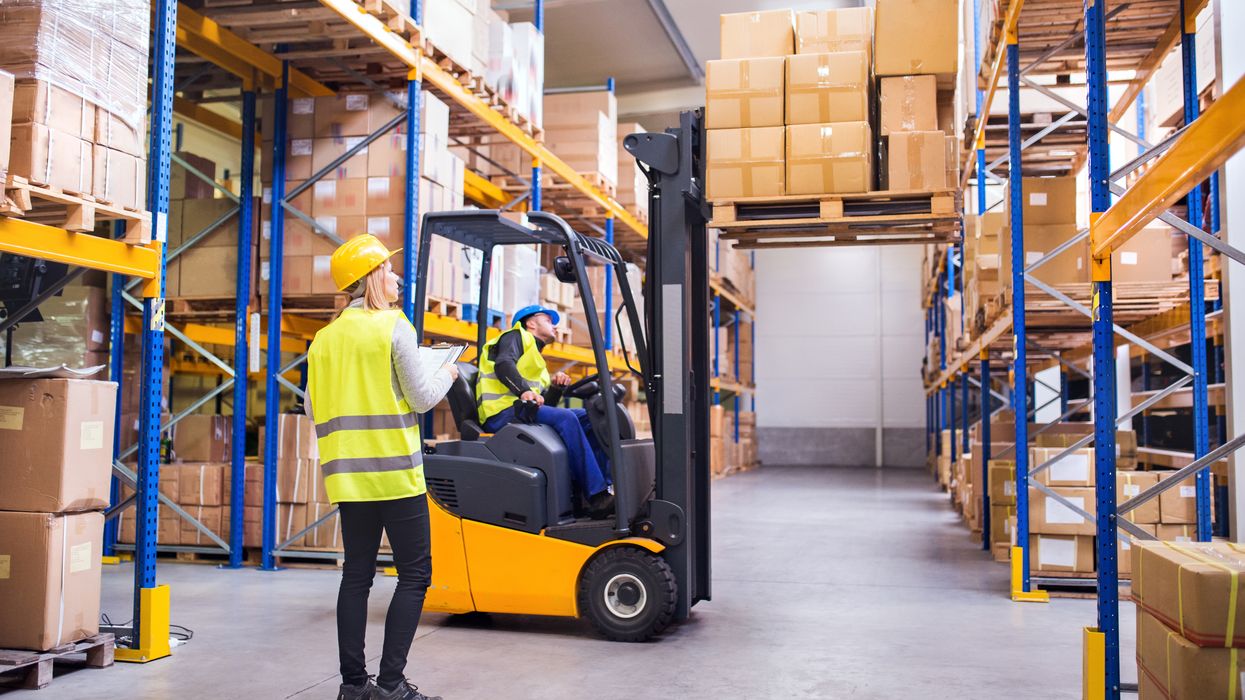Toeboards and falling object protection
While some of OSHA’s walking-working surface regulations require toeboards as part of a guardrail, they are not mandatory with every guardrail. Before the 2016 revisions, OSHA required fall protection “with a standard railing and toeboard” indicating that every guardrail needed a toeboard. However, OSHA removed several toeboard references in the 2016 changes.
Still, they are required if needed to protect workers from falling objects. For instance, an elevated storage and working area might need a toeboard if employees below could be struck by tools or other accidentally dropped items.
Examples of where OSHA explicitly requires toeboards include:
- On a mobile ladder stand or platform over 10 feet,
- Around a ladderway floor hole or platform hole (except at the entrance), and
- Anywhere they are needed to protect employees from falling objects.
The last catch-all provision could become an issue if unanticipated situations arise, or a change in work activities creates a need for falling object protection.
Also, remember that OSHA’s purpose is protecting employees, not property. For example, the pre-2016 rule for protecting workers over dangerous equipment specified guardrails with toeboards. In the preamble to the 2016 rule, OSHA stated that toeboards are not necessary over dangerous equipment, since they primarily protect employees from falling objects. Even so, employers might want toeboards to prevent objects from falling on or into that equipment.
Height and placement
OSHA specifies a minimum toeboard height of 3.5 inches (or 2.5 inches around vehicle repair pits). However, if materials near the toeboard are stacked higher than 3.5 inches, employers must take additional steps to prevent objects from falling, such as installing paneling or screening to the midrail (or top rail) of the guardrail.
In addition, when determining where to include toeboards, consider that objects may move or roll toward an exposed edge, and consider where employees work on the lower level. In short, install toeboards where required, but where they aren’t required, consider potential future activities in the area. It may be better to have them and not need them, rather than need them and not have them.

